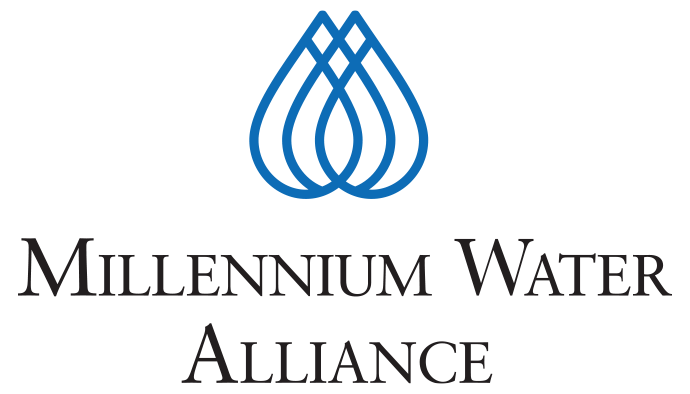Water is essential for life, health, and development. But in Ethiopia, water challenges are threatening the well-being and livelihoods of millions of people. That’s why we are working with our partners to implement a project that aims to enhance water availability and livelihoods in the Tana Sub-basin, one of the most important and vulnerable regions in the country.
The Tana Sub-basin is part of the Abbay Basin, which is the source of the Blue Nile and provides water and energy to Ethiopia and downstream countries. However, the basin faces multiple water challenges, such as:
- Low access to water and sanitation services, which affects health, hygiene, and productivity
- Increasing water demand due to population growth, economic development, urbanization, and industrialization, which creates competition and conflict among different water users1
- Water resource degradation and inefficient use, which reduces water quality and quantity and increases vulnerability to droughts and floods
- Climate change, which exacerbates water insecurity by affecting the timing, intensity, and distribution of rainfall
- Food and livelihood insecurity, which results in greater pressures on natural resources and landscapes
- Data and information gaps, which hinder effective planning and management of water resources
- Lack of coordination and collaboration, which prevents integrated and sustainable water resources management (IWRM)
To address these challenges, we are implementing a project called “Safe, sustainable, and resilient: Promoting IWRM and environmental sustainability to enhance water availability and livelihoods in Ethiopia (WALE) Tana Sub-basin“. The project is funded by the Conrad N. Hilton Foundation and implemented by the Millennium Water Alliance (MWA) in partnership with the project lead World Resources Institute (WRI) and other local stakeholders.
The project has four main objectives:
- Build capacity to make water- and climate-wise decisions by supporting cross-sectoral data gathering, analysis, and planning5
- Support institutionalization and implementation of IWRM to ensure sustainable water management and use at different scales6
- Implement watershed management and restoration to improve water supply and livelihoods in a degraded watershed of the Tana Sub-basin7
- Elevate lessons from the project and advocate nationally and internationally for greater linkage between IWRM and WASH
The project focuses on three woredas (districts) in the Amhara region: North Mecha, Farta, and South Achefer. These woredas are located in the Koga and Rib watersheds, which are tributaries of the Tana Lake. The project also covers the Minzer 1 micro-watershed, which is a pilot site for watershed management and restoration.

Some of the key activities that we are carrying out include:
- Conducting workshops on water safety planning for the three project woredas
- Revising existing district WASH master plans to better integrate water resources management considerations.
- Supporting convenings for a multi-stakeholder platform to guide the nexus of IWRM and WASH
- Performing a climate vulnerability and capacity assessment in select kebeles (villages) of the project woredas.
- Implementing and monitoring a sustainable watershed management initiative in the Minzer 1 micro-watershed.
- Organizing field visits to locations where partner NGOs have good watershed management initiatives to learn from.
- Conducting a research study on the nexus between water supply interventions and IWRM.
- Supporting the production and dissemination of joint communications pieces and knowledge products with WRI.
Through these activities, we hope to achieve the following outcomes:
- Improved availability and quality of water and climate data and information for planning and monitoring
- Enhanced capacity and coordination of water resources management institutions and stakeholders at different levels
- Increased awareness and adoption of IWRM principles and practices among water users and managers
- Reduced soil erosion and land degradation and improved agricultural practices in the Minzer 1 micro-watershed
- Increased water supply and livelihood security for the communities in the project area
- Increased evidence and advocacy for the integration of IWRM and WASH in Ethiopia and beyond
We believe that this project will contribute to the achievement of the Sustainable Development Goals (SDGs), especially Goal 6: Ensure availability and sustainable management of water and sanitation for all. We also believe that this project will demonstrate the importance and feasibility of linking IWRM and WASH, which are often treated as separate sectors. By doing so, we hope to create a model that can be replicated and scaled up in other regions and countries facing similar water challenges.
We invite you to follow our progress and learn more about our project on our website and social media channels. We also welcome your feedback and suggestions on how we can improve our work and impact. Together, we can make a difference for water and people in Ethiopia and beyond.[Image placeholder: A map of the project area showing the Tana Sub-basin, the Koga and Rib watersheds, and the three project woredas.
